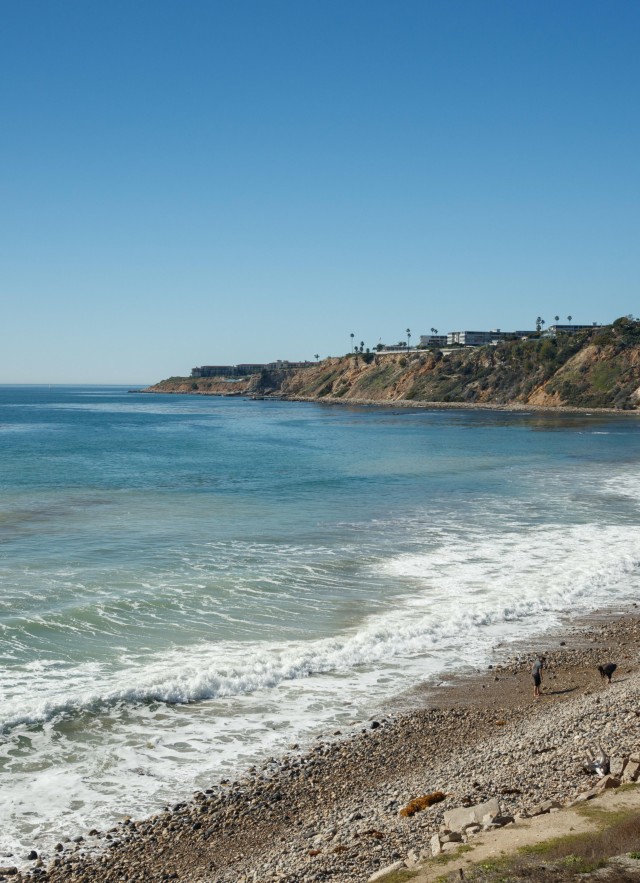DISCO

An ongoing program at the Natural History Museums of Los Angeles County aims to develop research and monitoring tools to enormously accelerate our ability to discover and investigate marine invertebrate biodiversity of California’s nearshore waters. The Diversity Initiative for the Southern California Ocean (DISCO) is based in the NHM’s Marine Biodiversity Center, and incorporates partnerships with organizations both inside and outside of the Museum. Key program partners include the Smithsonian Institution’s National Museum of Natural History, the Ocean Exploration Trust, and the Southern California Coastal Water Research Project.
Discovering and documenting the diversity of marine life
We know that our oceans are changing quickly, and our coastal biota are responding. Successful management requires that we know what species are where, and how their distributions change with time.
Current monitoring technology, based on specialist identifications of individual organisms, just cannot keep pace. This cripples our ability to see the widespread but subtle changes to our coastal biota that accompany variations in ocean temperature and acidity. We need quicker and more effective ways to identify the species in marine samples.
New genetic approaches
Over the last decade, molecular identification tools, called “genetic barcoding,” have been developed to identify the species of any specimen based on its DNA. Species share a handful of particular genes that exhibit just the right amount of variation for dependable identification. Individual specimens can be identified to species by sequencing a single (or very few) short gene sequences and then comparing those sequences against a reference library of sequences from independently (non-genetically) identified specimens. A key part of the DISCO program is filling in that reference library for the estimated 3,000–5,000 species of marine invertebrates off the Southern California coast.
Being able to attribute an individual specimen to a species based on its genetic sequence can be useful. But much more exciting are the prospects offered by combining a well-populated barcode reference library with modern high-throughput genetic sequencing.
It is now possible to extract DNA from an entire community at once (e.g. combined scrapings from a floating dock) and then retrieve all of the unique sequences in the entire community with a single run of a high-throughput sequencer. Even more extraordinary, just sampling DNA from the seawater around a community can yield genetic diversity information. Sequencing “environmental DNA” (eDNA), is possible because all organisms naturally shed DNA into the environment around them. There can be enough DNA in seawater samples that it is unnecessary to sample the organisms directly.
Being able to inventory full species diversity quickly and efficiently will permit far more frequent sampling in monitoring applications, and much more taxonomically broad coverage in research programs.
RESOURCES
Additional information about our projects and programs is available here.
Our Staff
CONTACT US
Dean Pentcheff
DISCO Program Manager
pentcheff@nhm.org
Regina Wetzer
Associate Curator
Marine Biodiversity Center
rwetzer@nhm.org